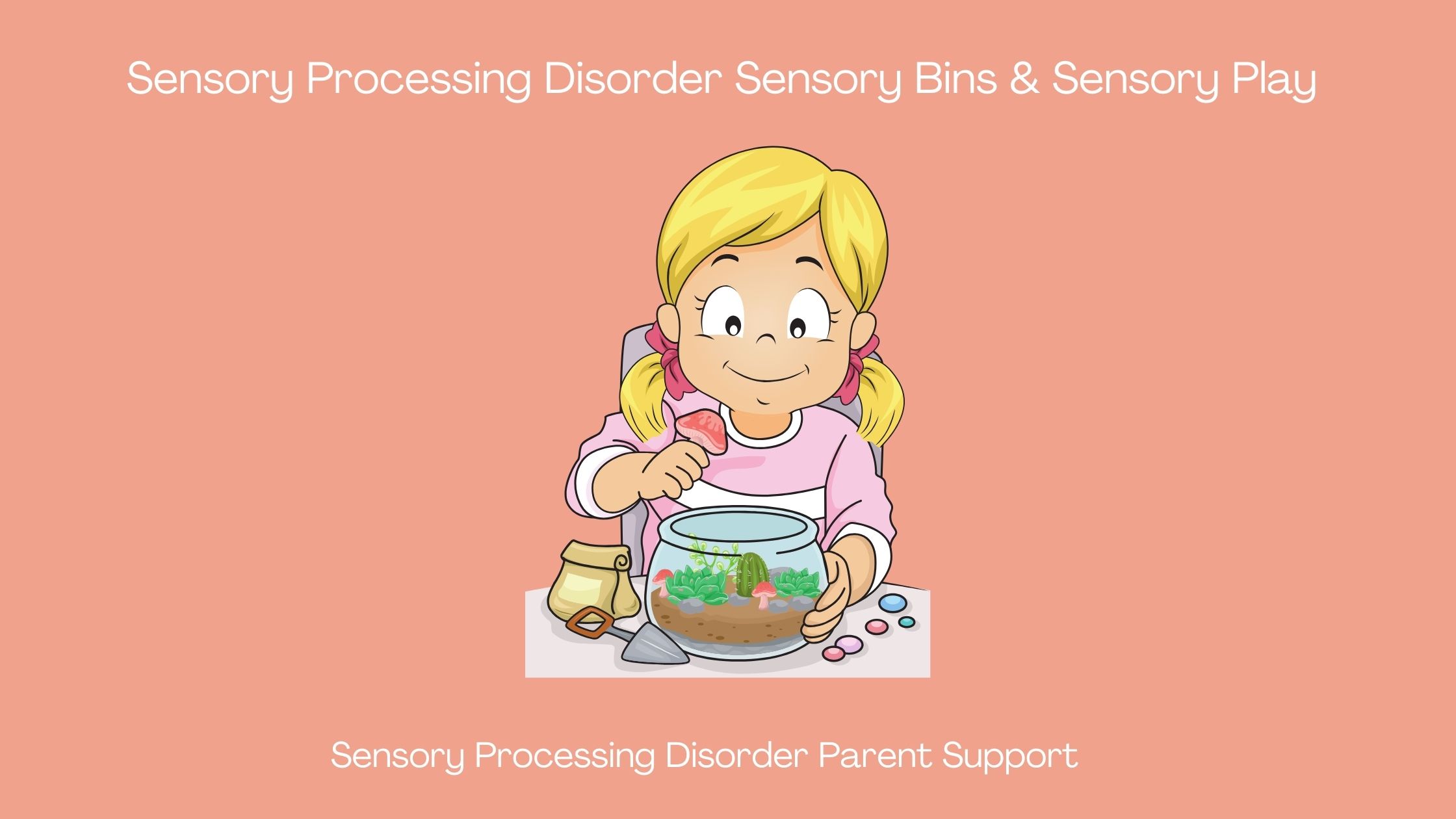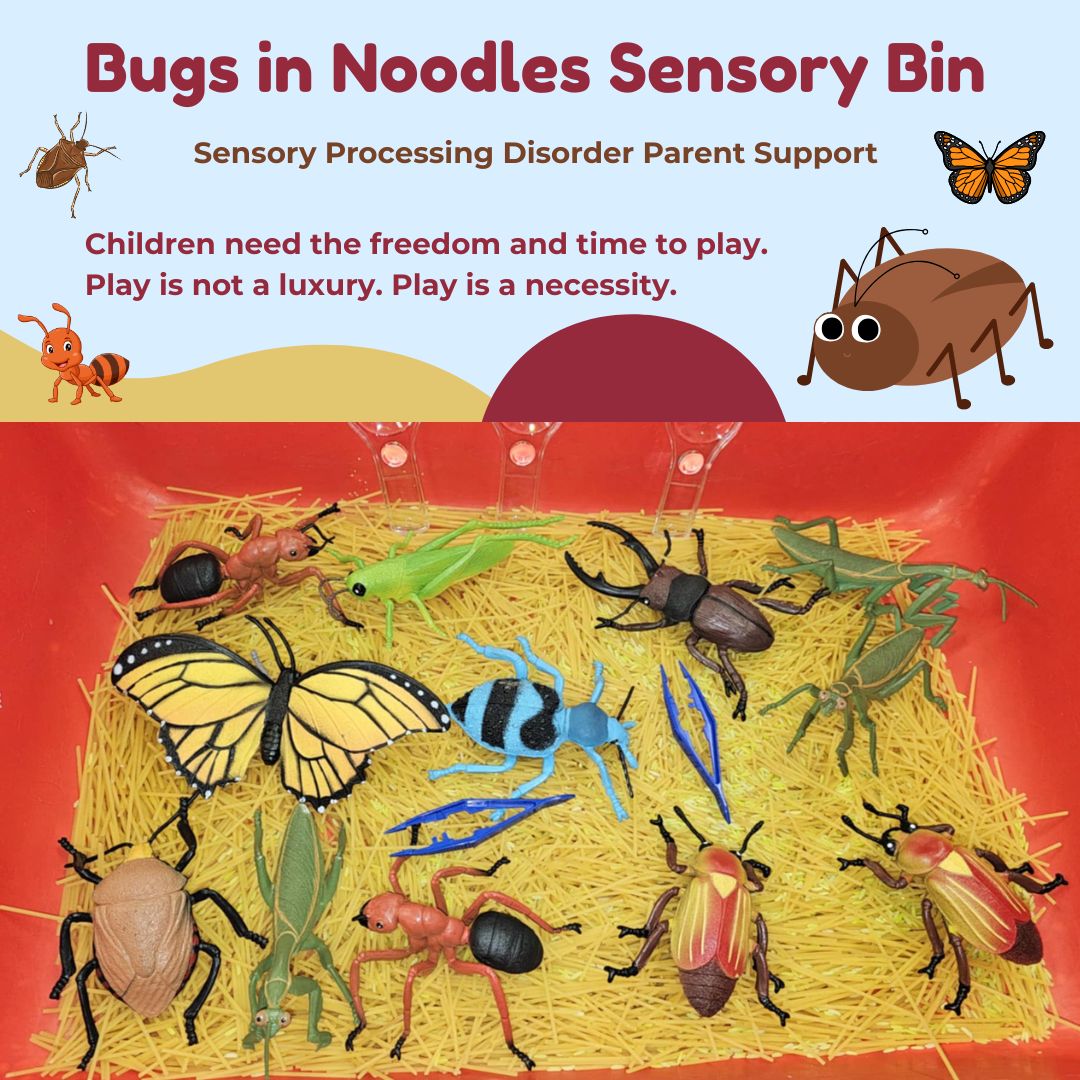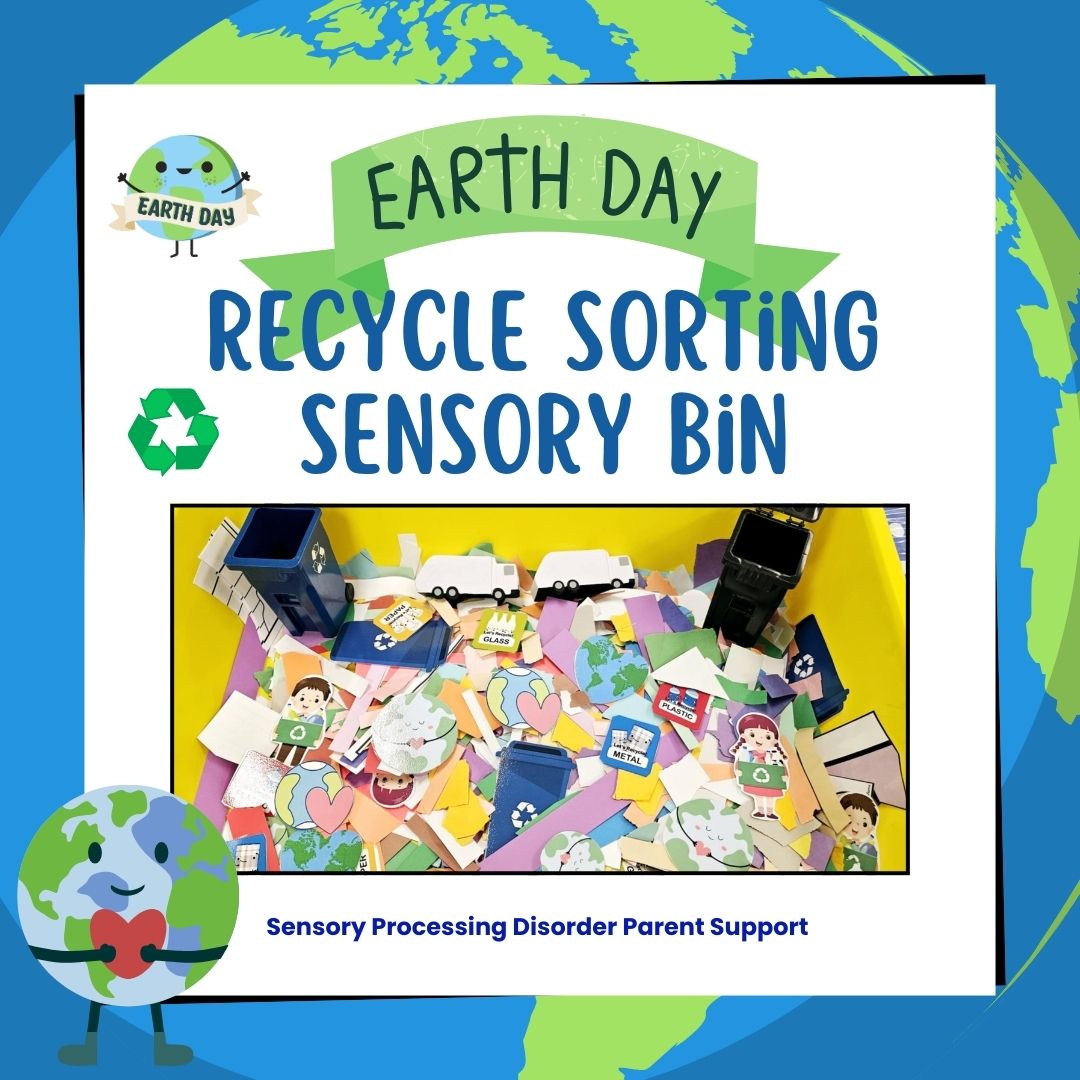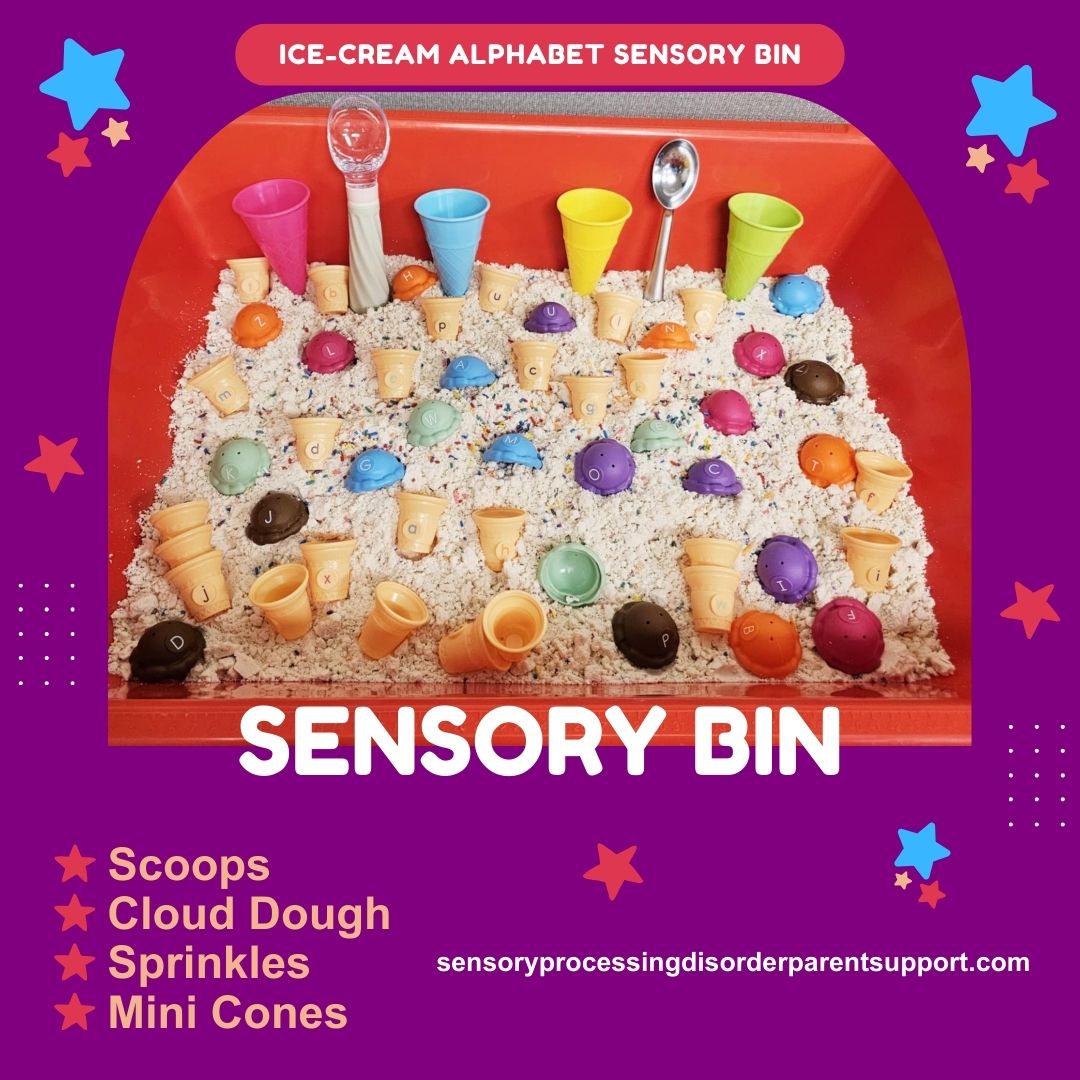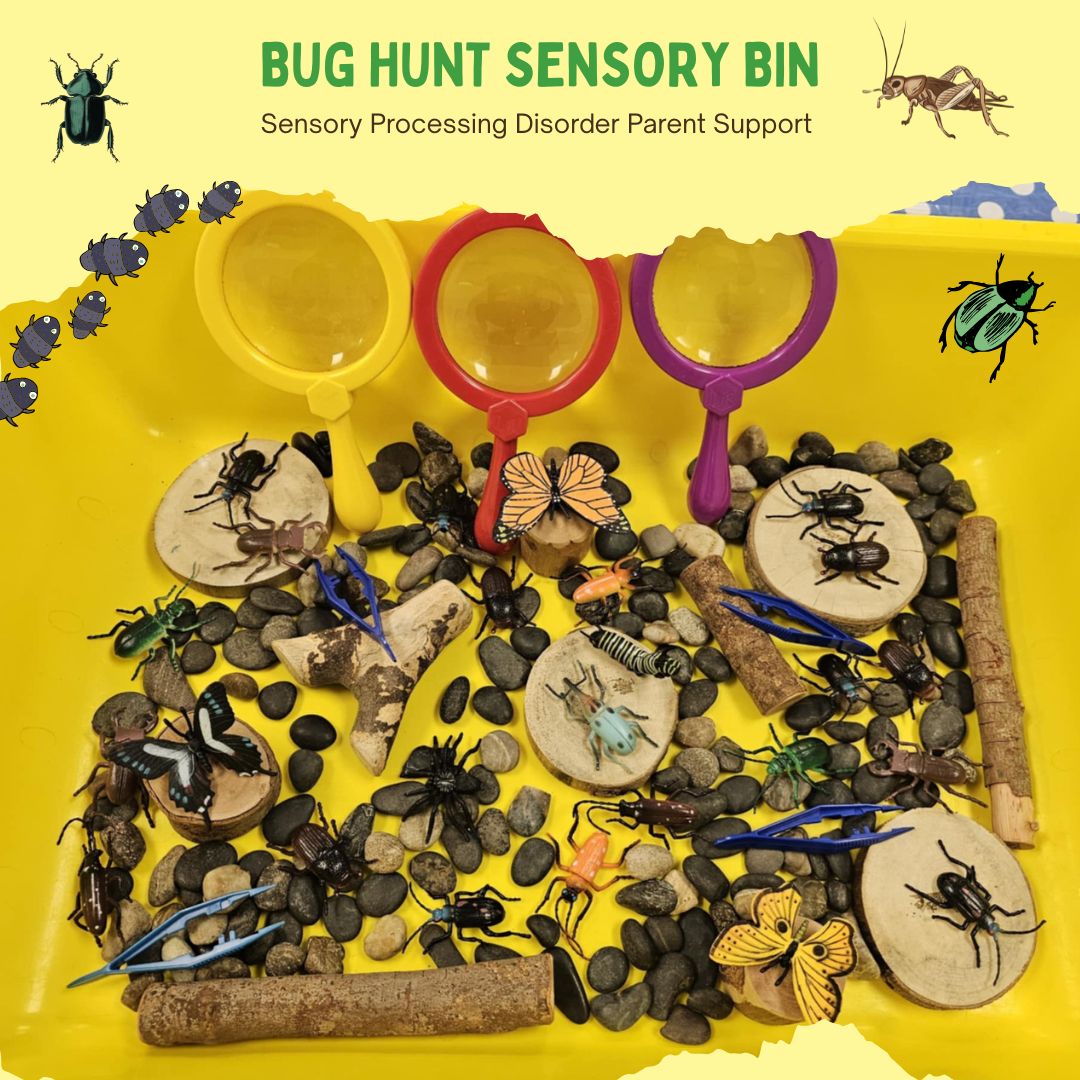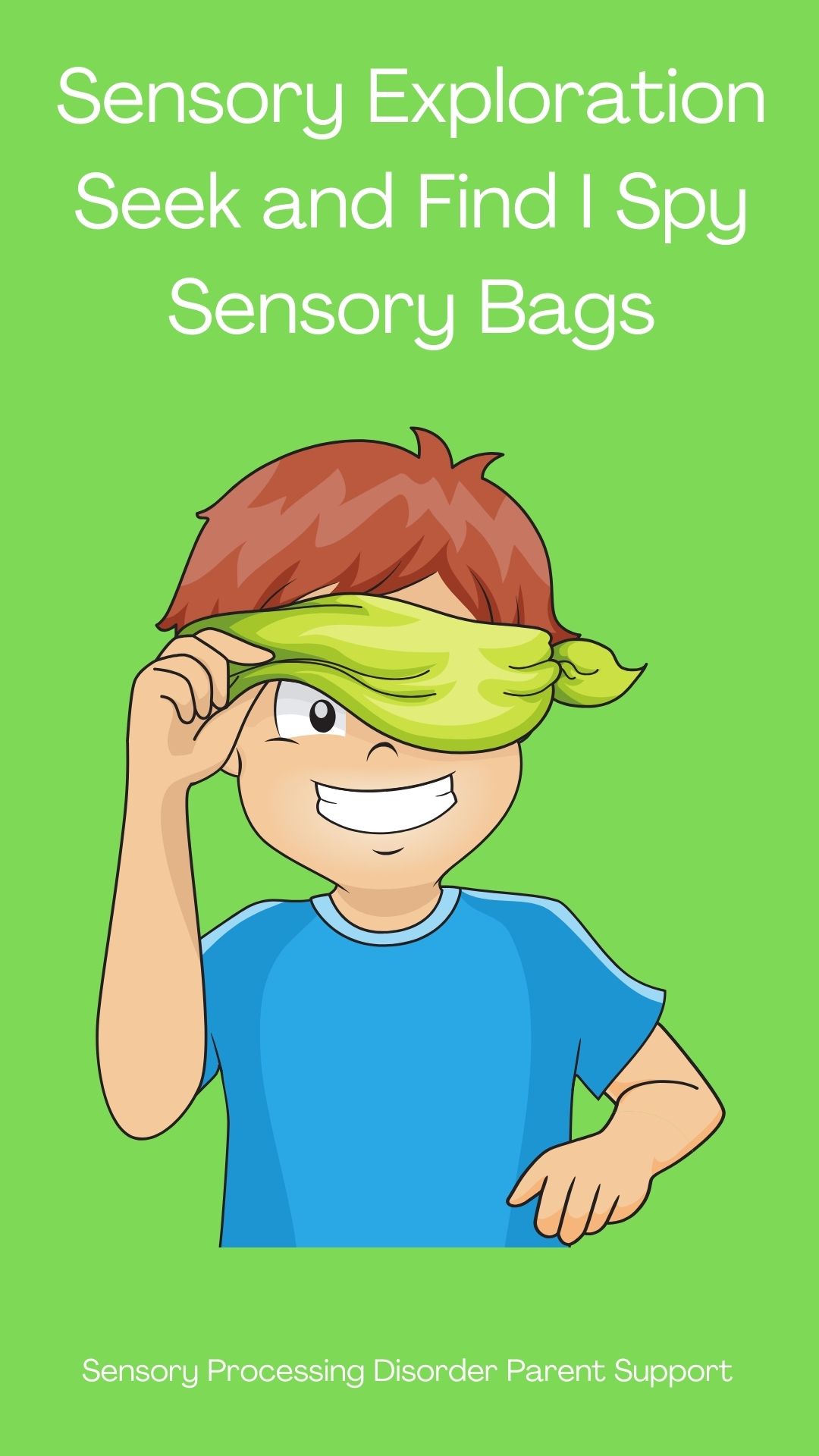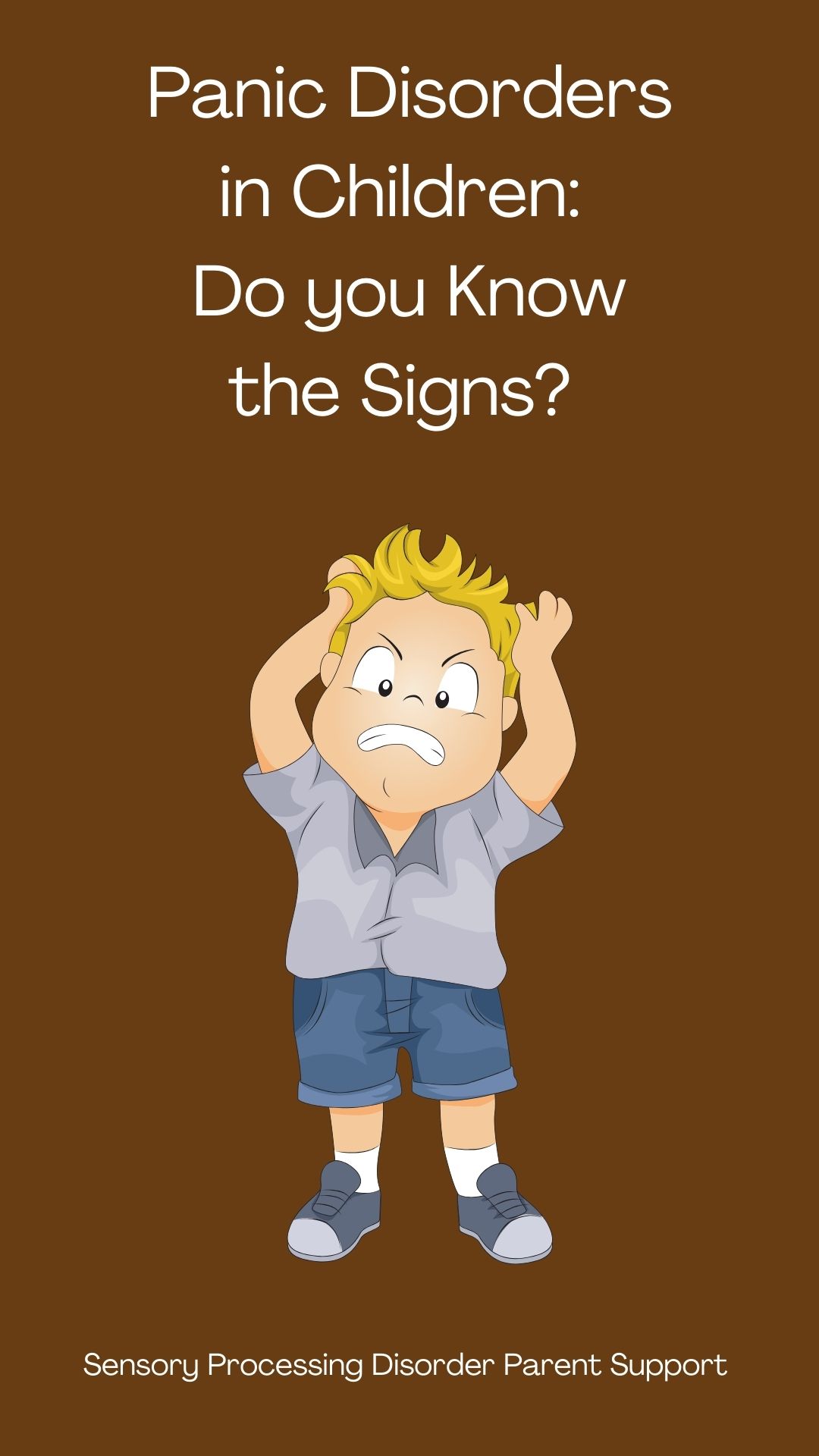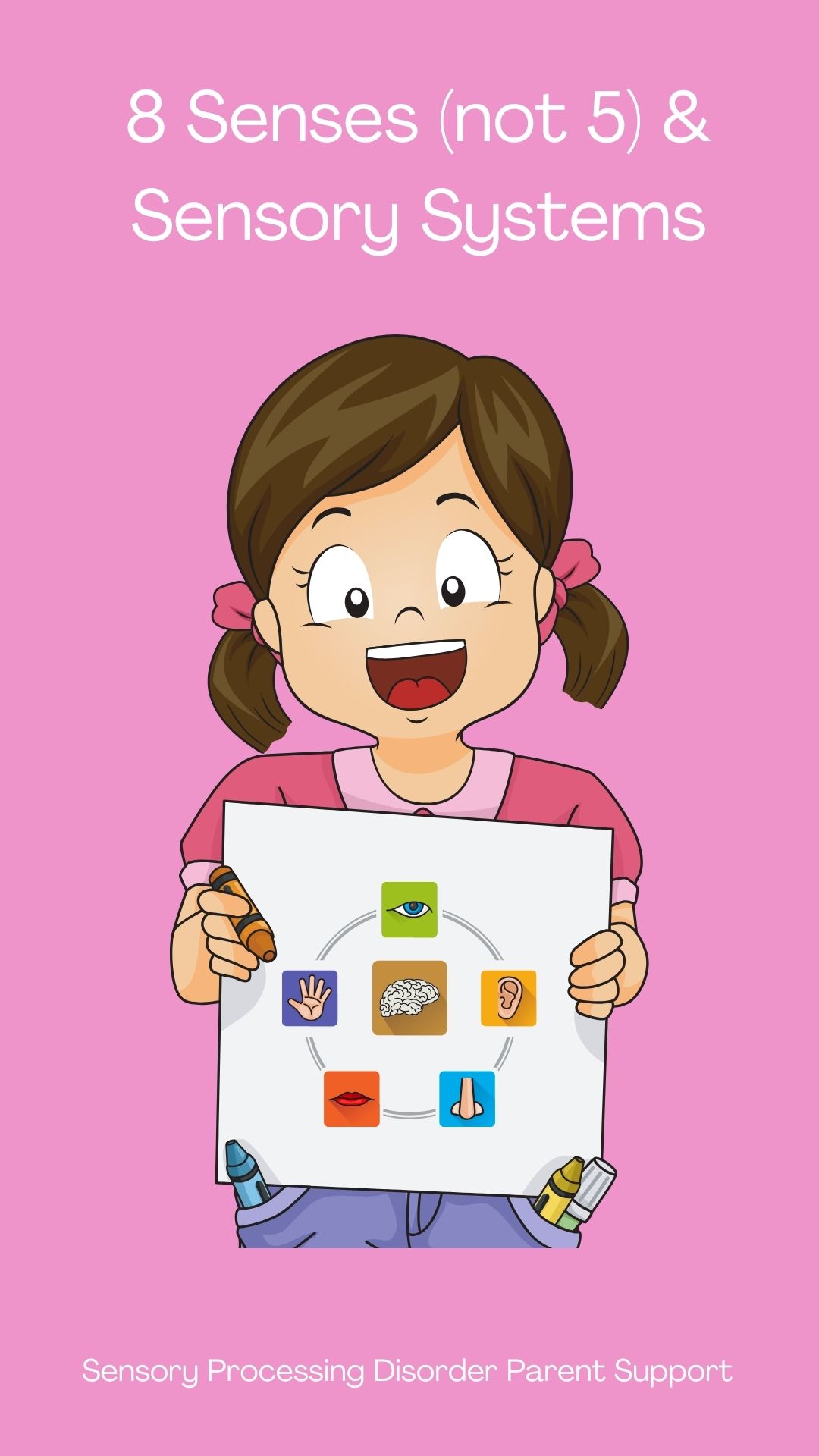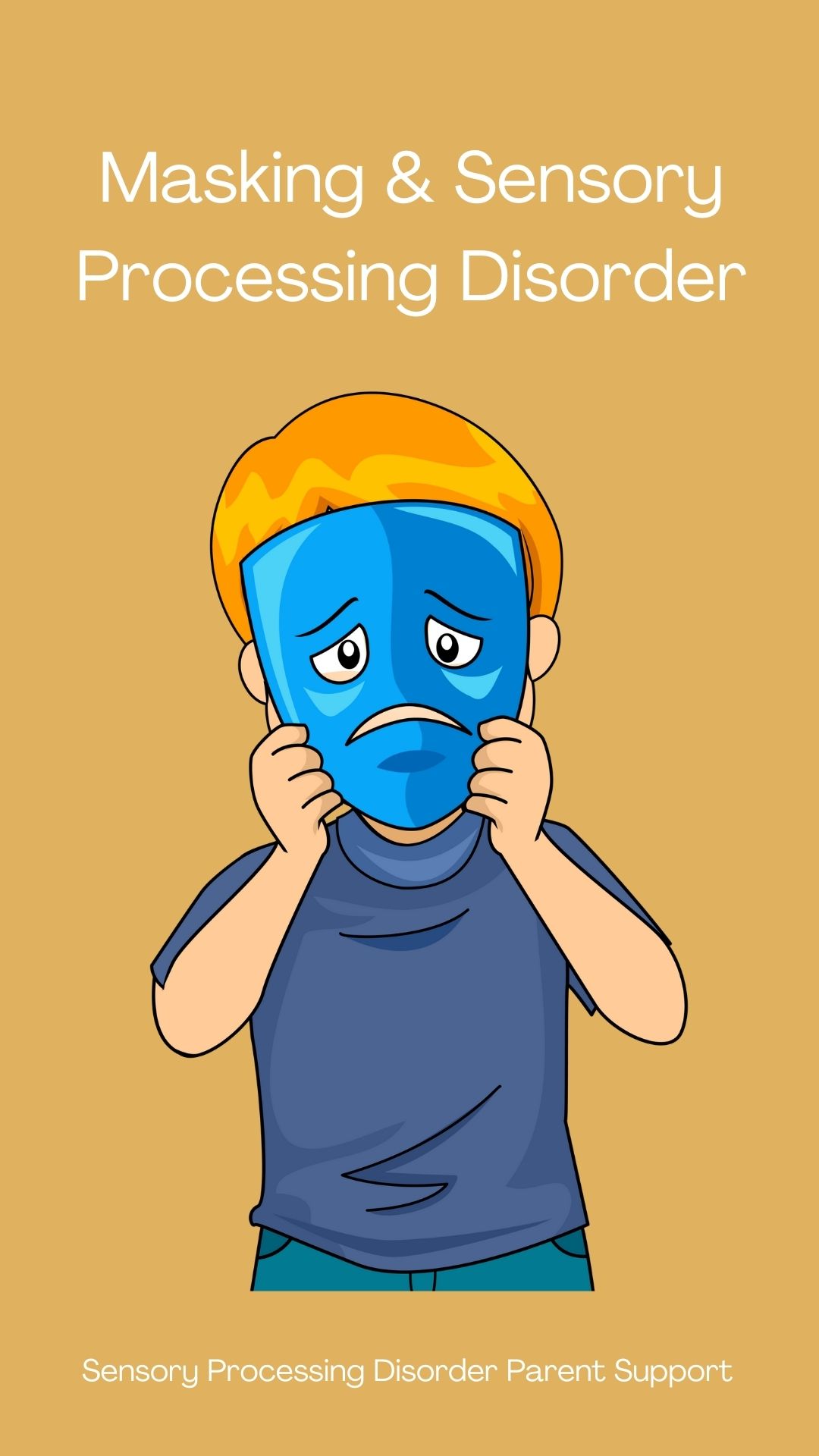
Sensory Processing Disorder Parent Support
Sensory Processing Disorder Sensory Bins & Sensory Play
Children with sensory differences ... painting the world beautiful.

Amazon
Large Sensory Bin Sensory Sand Sensory Fun
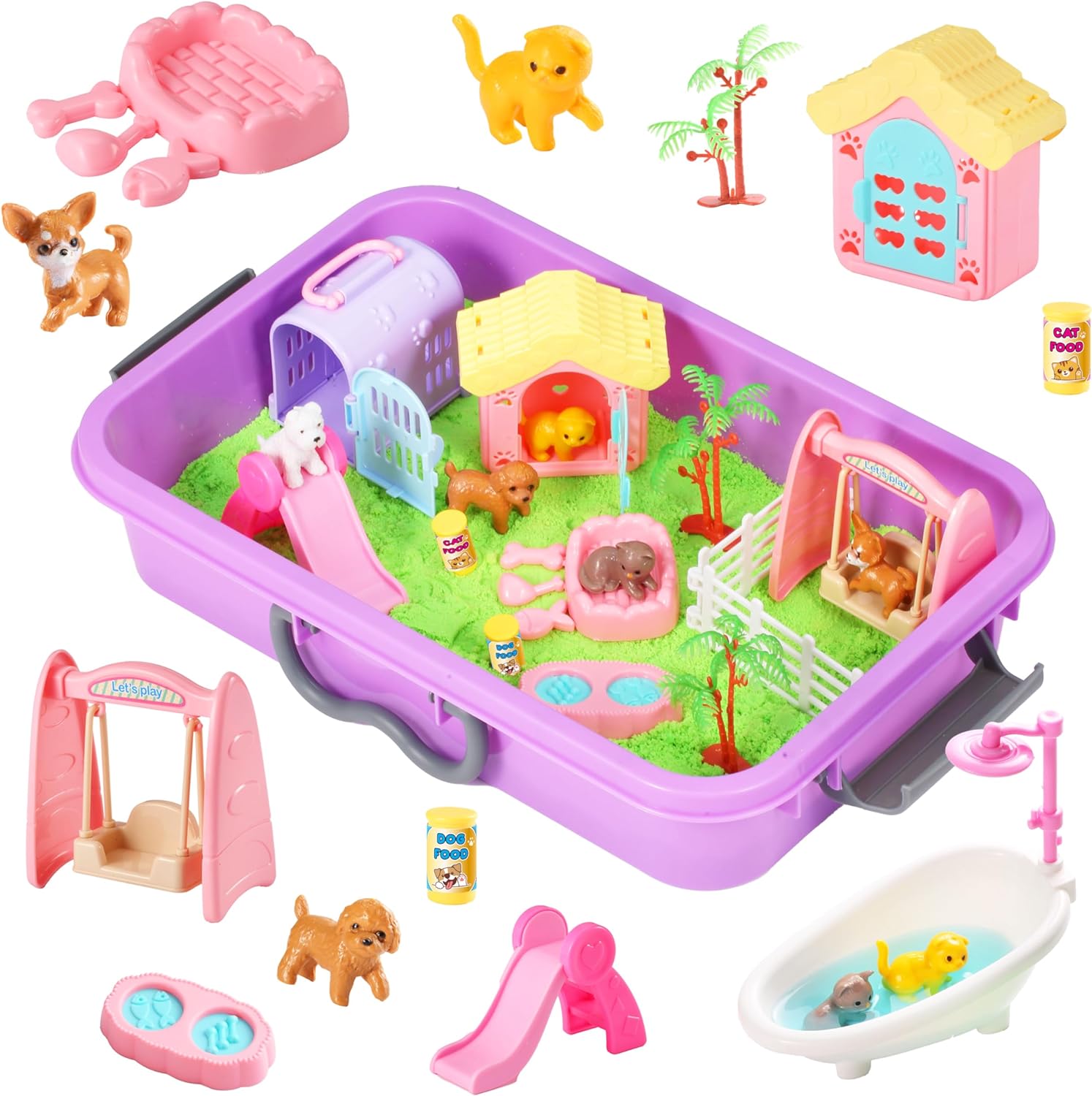
Amazon
Pet Sensory Bin Dog and Cat Sandbox for Kids
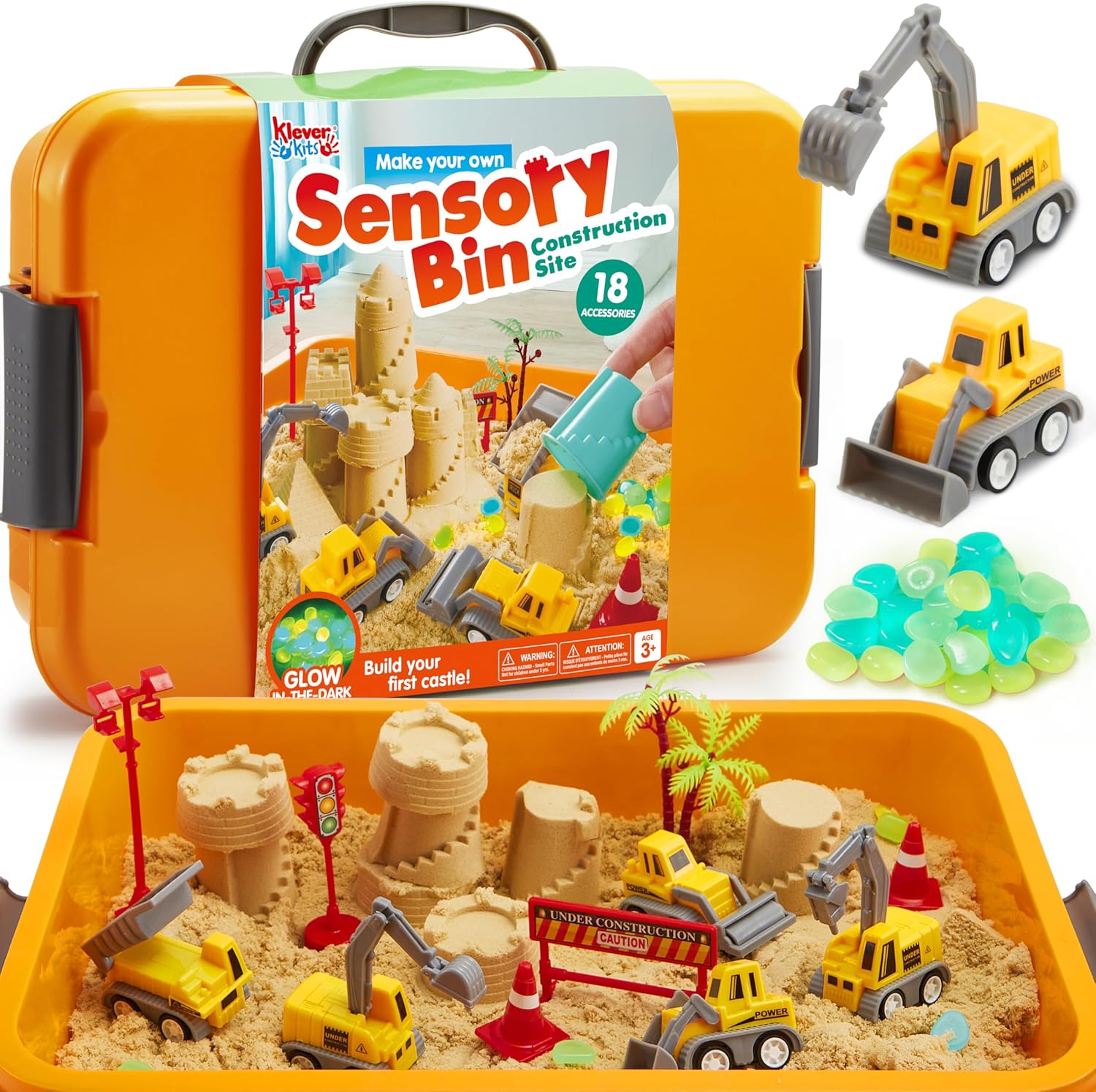
Amazon
Klever Kits Construction Sand Sensory Bin
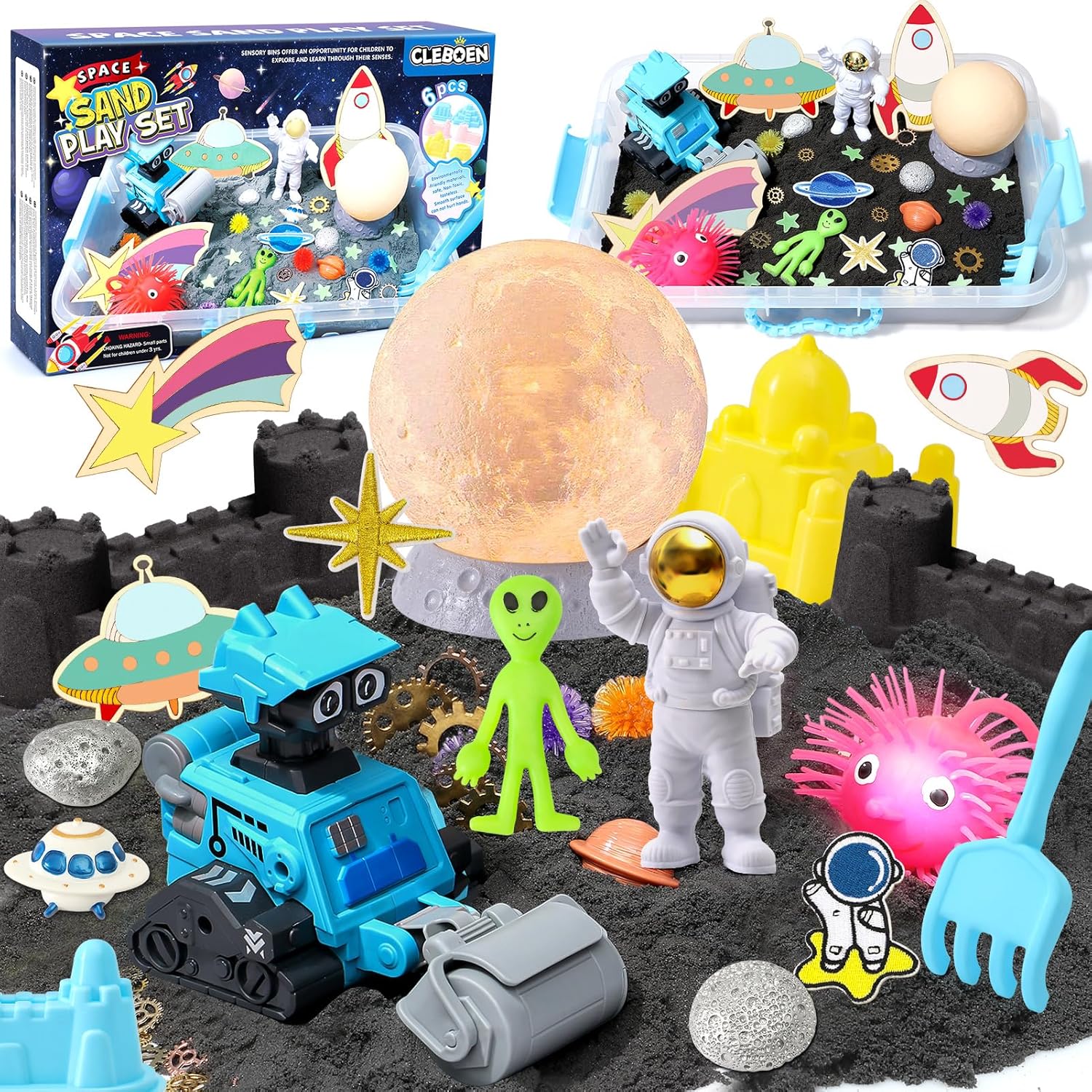
Amazon
Play Sand Toys Space Sensory Bin Sandbox
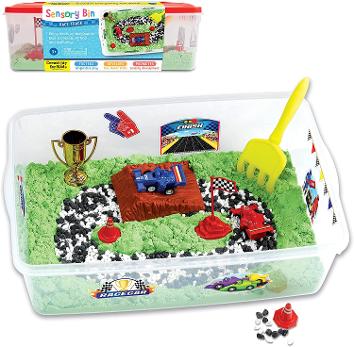
Amazon
Kids Sensory Bin Race Track Fine Motor Skills

Amazon
Rainbow Elbow Pasta Sensory Bin Filler

Special Supplies
Sensory Activity Table for Kids and Toddlers
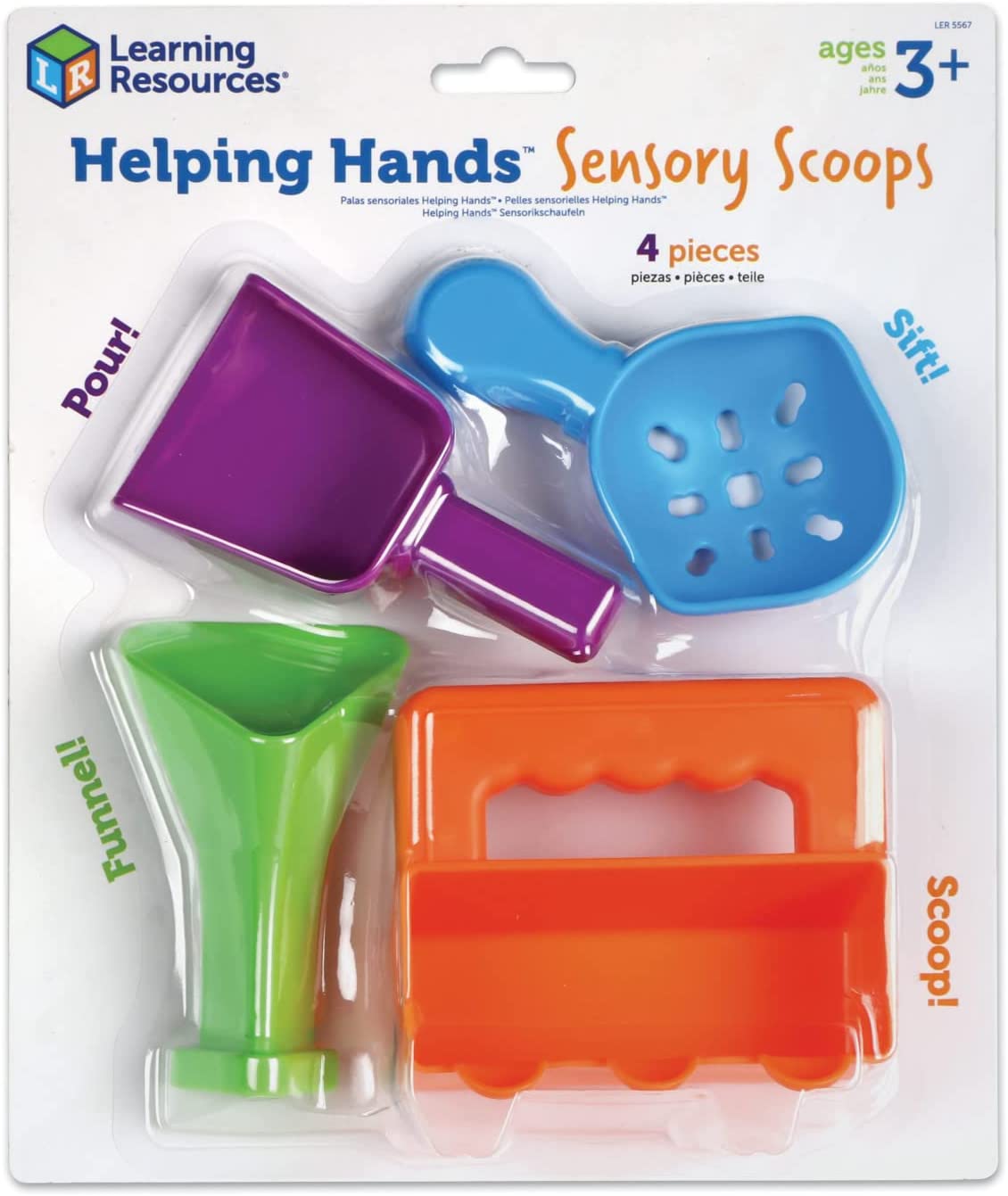
Amazon
Sensory Bin Scoops Fine Motor Tools
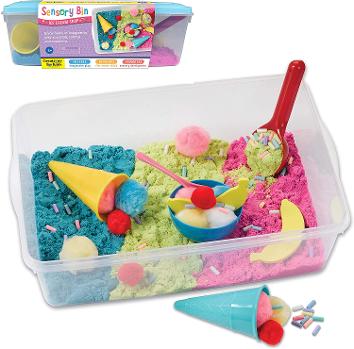
Amazon
Kids Sensory Bin Ice Cream Shop Playset
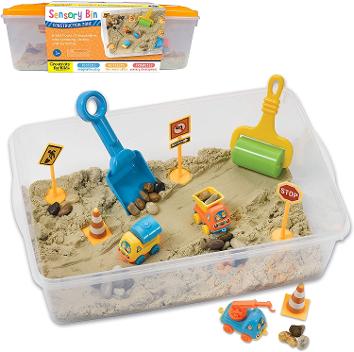
Amazon
Kids Sensory Bin Construction Zone Playset
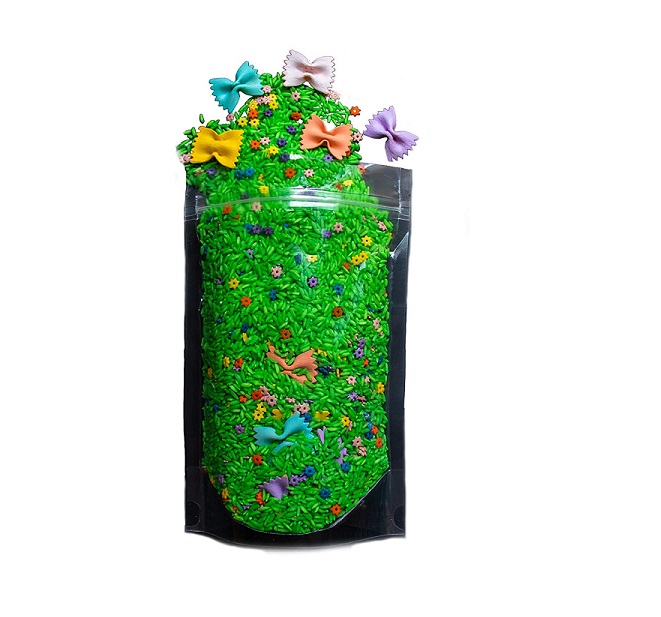
Amazon
Sensory Bin Rice Spring Colored Sensory Rice
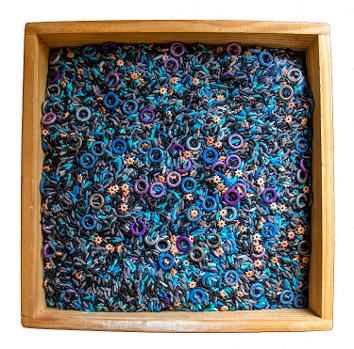
Amazon
Open Ended Toys Colored Sensory Bin Rice
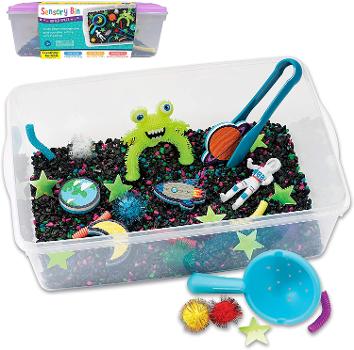
Amazon
Creativity for Kids Sensory Bin Outer Space
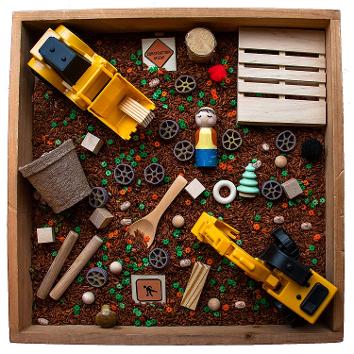
Amazon
Kids Sensory Rice Construction Sensory Bin

Amazon
Open Ended Toys Colored Sensory Bin Rice
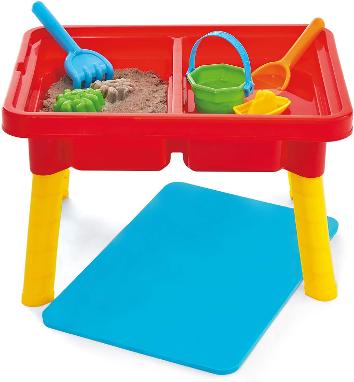
Amazon
Sand ‘n Splash Activity Table with Storage
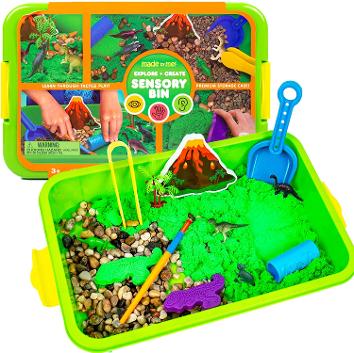
Amazon
Dino Galaxy Sensory Bin Sensory for Kids
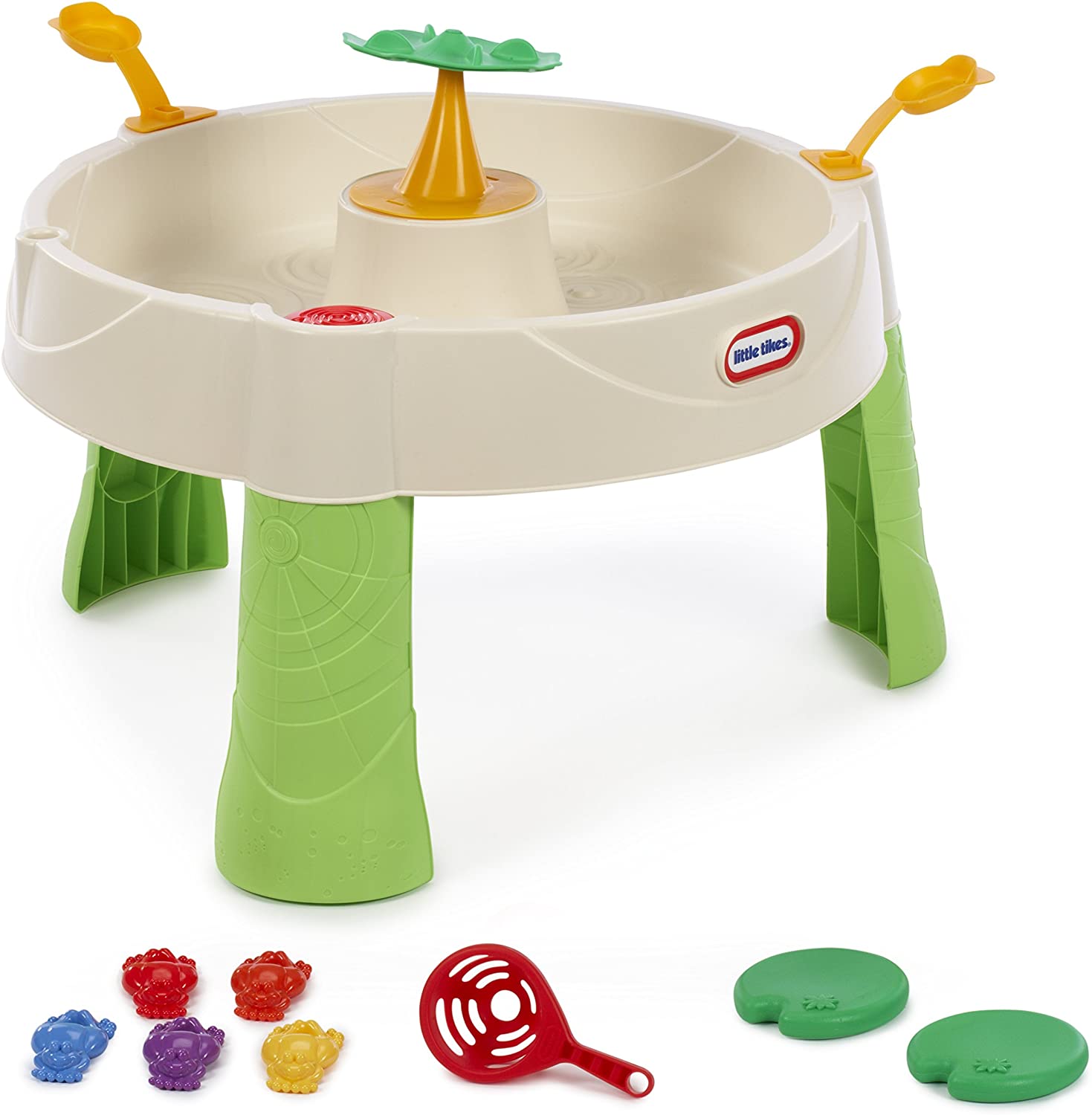
Amazon
Little Tikes Kids Frog Pond Water Table
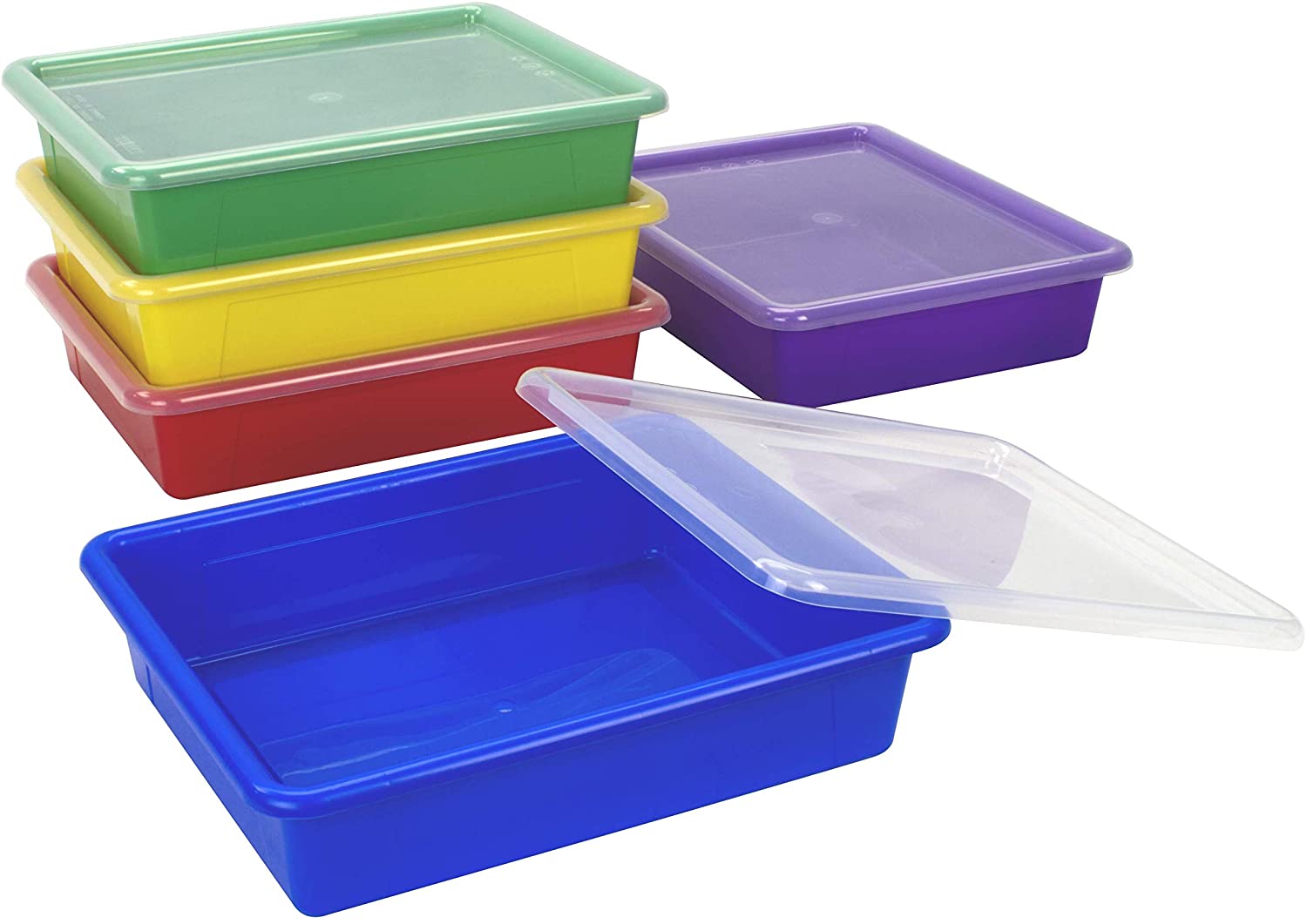
Amazon
Plastic 3-inch deep Sensory Storage Trays
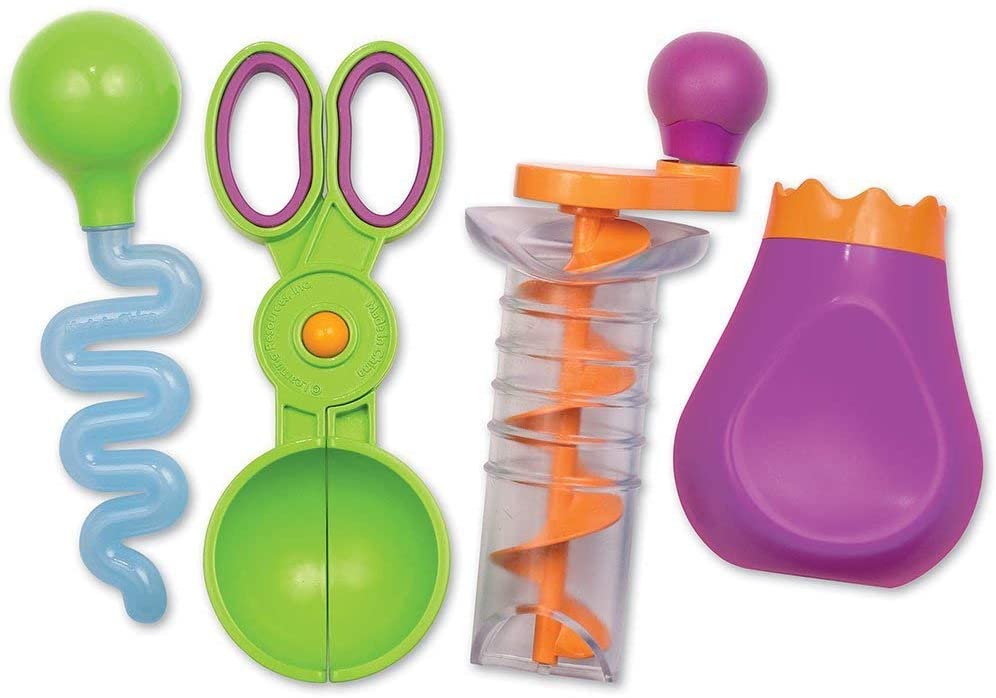
Amazon
Sand & Water Sensory Bin Tools Sensory Play
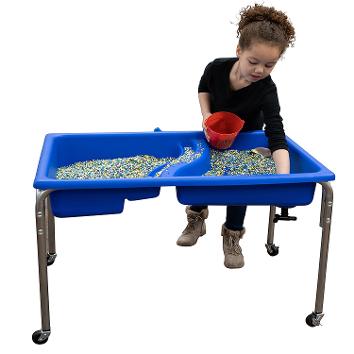
Amazon
Double Basin Children’s Factory Sensory Table
